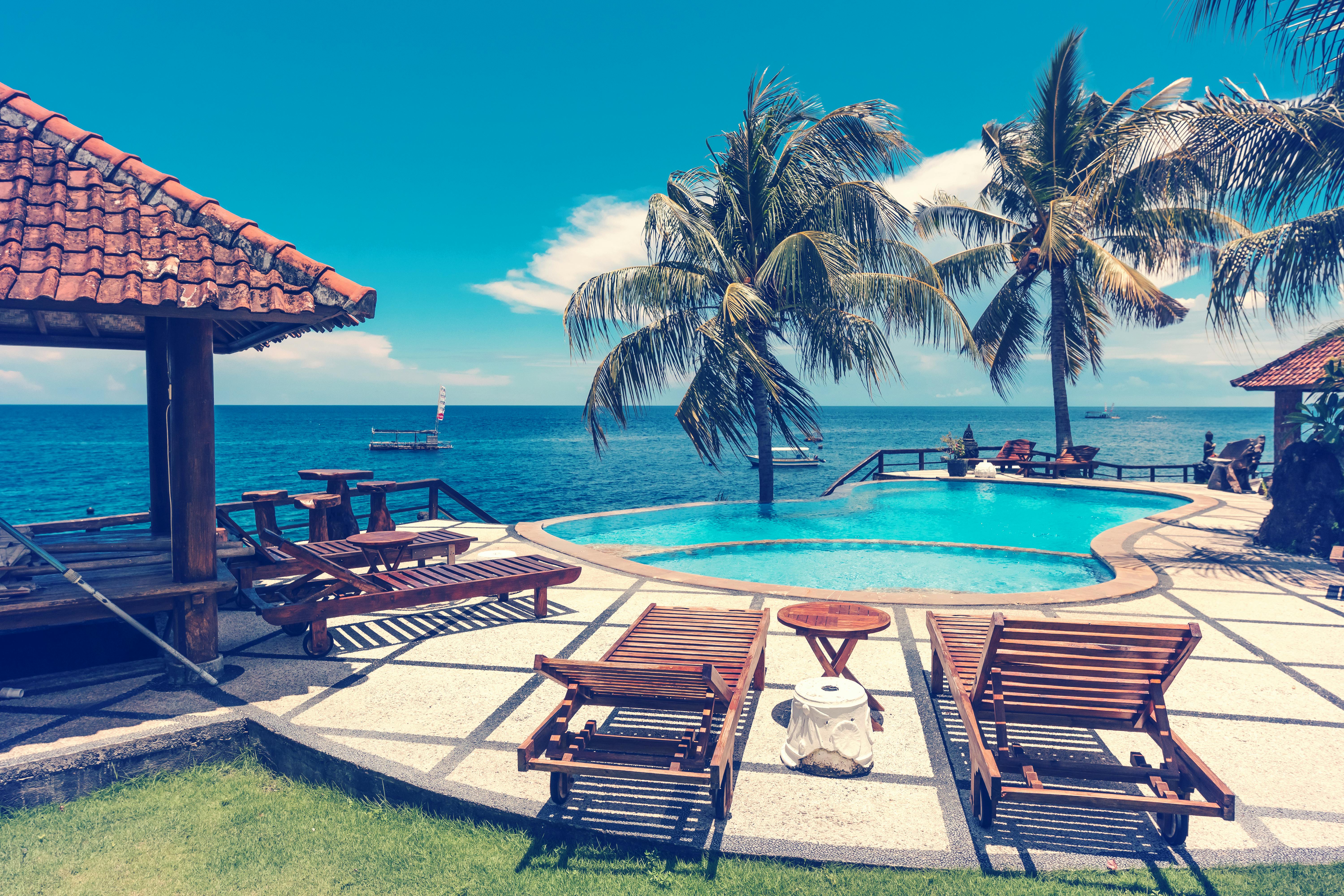Botswana – Top 5 things to see
Sticking with my other ‘Things to see’ features, here is the list of top 5 things to see in Botswana. It is a fascinating country and while most of the attractions listed below are primarily focused on wildlife, there is so much more to this stunning country if you have the time to explore.
Central Kalahari Game Reserve
The Central Kalahari Game Reserve, home to the San Bushmen, is the largest game reserve in Botswana. Its arid conditions are often considered inhospitable; however, when the summer rains hit Deception Valley, the plains come alive, offering visitors a fantastic safari experience. Grazing species such as gemsbok, sprinklebok and other antelope, predators such as lions and cheetahs and a plethora of other wildlife can be found here. Game viewing in the Central Kalahari during this time is considered by some to offer a similar experience to migrations in nearby Tanzania and Kenya. The habitat is also a favorite for reptiles, scorpions, and insects, as they have been able to adapt to the erratic conditions in the area.
Learning more about the traditional San people of the Kalahari is an incredibly interesting experience and allows the visitor to learn more about how these nomadic people live alongside their environment.
chobe national park
The second largest national park in Botswana, Chobe has some of the highest concentrations of wildlife to be found in Africa. Probably most famous for its huge population of migrating elephants (somewhere in the region of 120,000 individuals!), the park also boasts a fair number of other animals and is also popular with migrating birds.
Chobe National Park is diverse and has much to appeal to all visitors, with four distinct ecosystems evident within its boundaries. You can experience the lush and dense Serondela forests on the banks of the Chobe River, the swamps around the Savute Channel, the Linyanti swamps and the hot and dry plains in between.
The park is a great destination year-round, although game concentrations are particularly high during the driest month, usually between April and October.
Makgadikgadi pan
Makgadikgadi Pan began life as a large lake, but many years ago the water evaporated, leaving a gleaming pan encrusted with salt. Today, this striking natural feature made up of two large salt pans, Sowa and Ntwetwe and a series of smaller salt pans, is believed to be the largest salt pan in the world. Makgadikgadi Pan and the surrounding nutritious grasslands are home to a large number of predators and antelope species. Huge flocks of breeding flamingos flock to the pan as do many other bird species.
While the wildlife here is fascinating, the remoteness and uniqueness of the pan itself is the main attraction. The sunset over Makgadkigadi Pan is not to be missed as the changing light casts wonderful shadows against the glossy surface of the pan and makes for some amazing photos and images to treasure.
Moremi Game Reserve
Covering the eastern side of the Okavango Delta, the Moremi Game Reserve offers visitors a great mix of floodplains, forested areas, and open savannah plains. This habitat provides shelter for around 500 species of birds, as well as other wildlife such as leopards, giraffes, lions, cheetahs, hippos, hyenas, and red lechwe. Additionally, the reserve is home to a large percentage of Africa’s wild dog population; Taking a look at these beautiful endangered ‘painted’ creatures is certainly something special.
Going on a mokoro trip is a must here and allows the visitor to observe wildlife from a slightly different perspective as they traverse the lagoons and canals. You can also explore by vehicle or on foot. Visit from July to October for the best game viewing, when the pan begins to dry out and wildlife turns their attention to the permanent water.
okavango delta
One of the largest inland water systems in the world, the Okavango Delta is a highlight for many visitors to Botswana. The famous delta floods are created by rainfall from Angola and a series of other tributaries that flow through Namibia and into Botswana to create the body of water for which this area is famous. At its maximum flow, the Delta covers an area of about 16,000 km, reducing to less than 9,000 km in the dry season.
The Delta is home to great animal and bird life, including large numbers of crocodiles, sitatungas, elephants, and baleen cranes, to name just a few. Ornithologists should time their visit during the rainy season (November to May) for best birding, while animal life is most prolific along flooded areas during the May to October period, when vegetation has started to dry out.
Choose to explore the Okavango Delta by vehicle, on foot, on the back of an elephant or in a mokoro (a traditional type of canoe)!
